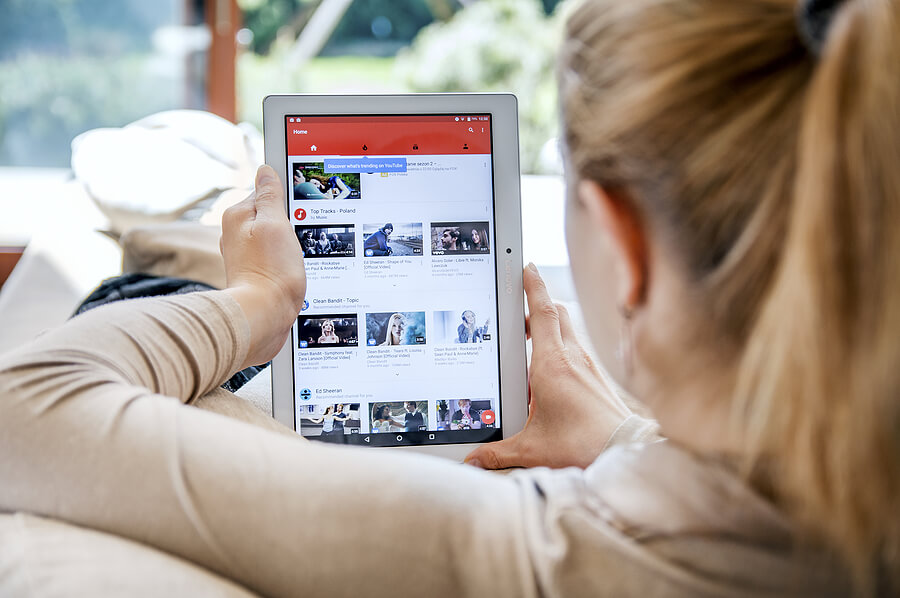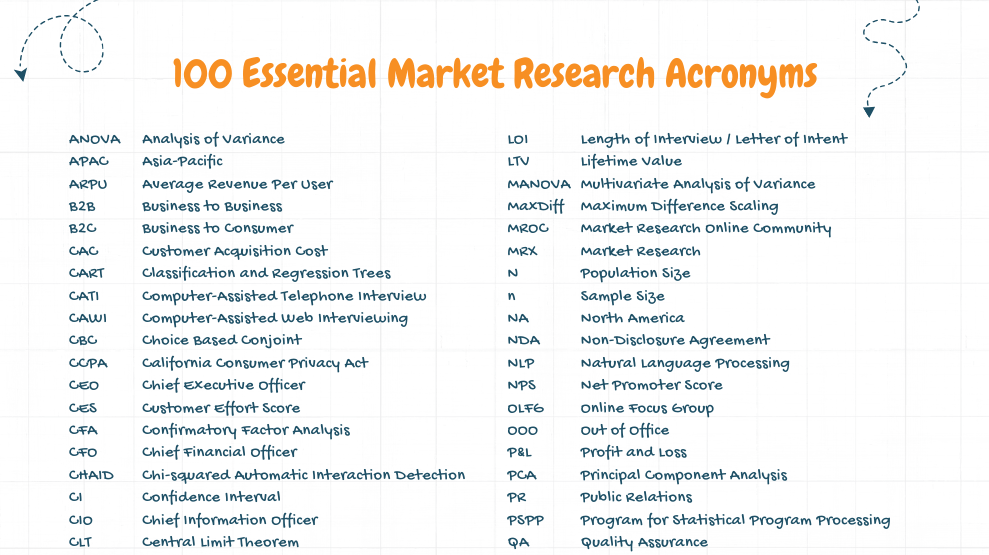In late December/early January, many of you participated in the MR Predictions site. Several people posted predictions (35 in total), and many more cast votes for or against those predictions. By the time I closed voting, over 700 votes were cast.
I have finally written up the findings as a paper, which you can access here: LINK
The results point to some important changes for the way market research is sold, conducted and reported. No surprise there—we all know that the rate of change in our industry is swift these days.
Still, some of the predictions are highly debatable.
Even some of the ones that “won” in the voting have some challenging commentary, left by site visitors. So how might one draw conclusions given all of this uncertainty? I made my best attempt in the paper, including my list of “what’s out”, which I have copied here:
- Assuming one project=one data collection approach. I think this is self-evident given some of the top 10 items discussed in the paper.
buy levaquin online buy levaquin no prescription generic
- Assuming that every MR project is either a focus group or a survey. Again, obvious.
- Market Research agencies controlling sample access. Let’s be honest: one of the reasons clients have relied heavily on agencies in the past is because they had access to the most qualified participants. But panel companies will start catering to end-clients (or new panel companies will seize the moment), and the rise of MROCs as a substitute sample source means the middle man (agencies) no longer has that control.
- Market Research as a silo. On the client side, this means that research will be coordinating more with IT or operations functions, like it or not, for access to CRM and other data sources. On the agency side, it may mean tighter partnerships or at least coordination with ad agencies, client-side IT departments and new sample source owners.
- Conventional surveys as the primary mode of customer feedback. Newer methods, including those that focus more on observation, will cannibalize traditional survey-based projects.
buy neurontin online buy neurontin no prescription generic
Not completely, but it will hurt.
For the prediction results and more conclusions, please download the paper. I also welcome any discussion of the results here as comments, or via phone or email.
I’d also like to again thank all of those who participated. I hope you found the experience of both testing a prediction market and reading the prediction results as useful as I have.












1 comment
This is a great blog post, but I want to make an observation about the third point. Panel companies are starting to cater to end users in research, but there are still significant quality issues with their participants. I have personal experience with this, as my Godson decided to become a professional respondent when he lost his job. He registered with all the large and some of the smaller panel companies and his profile on each had him suffering multiple disorders, using a wide variety of products and holding many different positions. He was able to get around their “controls” quite easily. The agencies still control quality respondents, and can ascertain their ability to communicate. Finding qualified respondents is a skill, and a valuable one. It concerns me greatly to see it so undervalued in today’s instant environment.